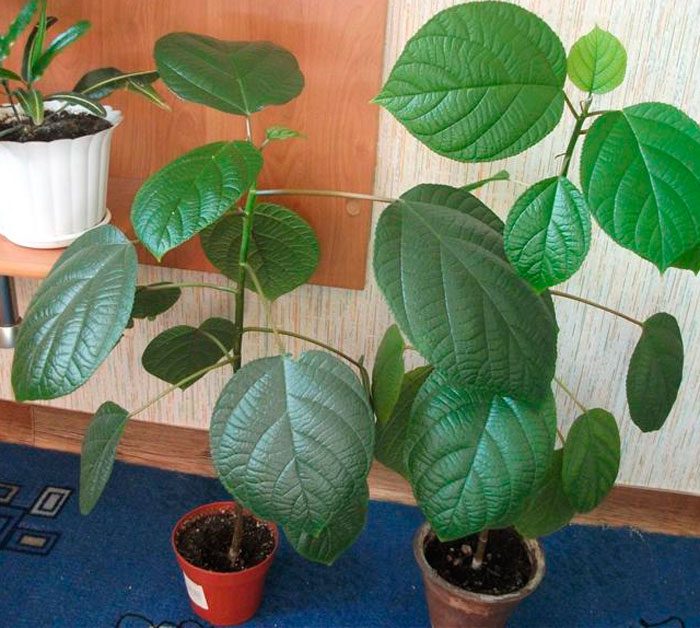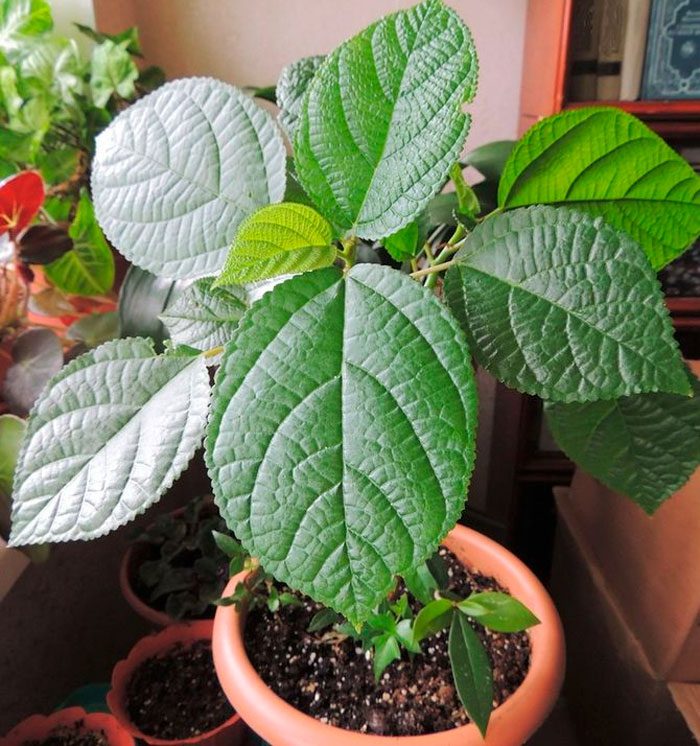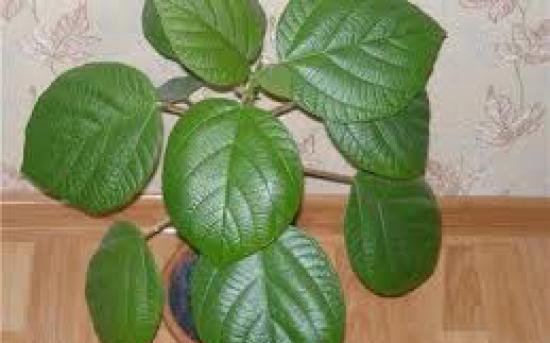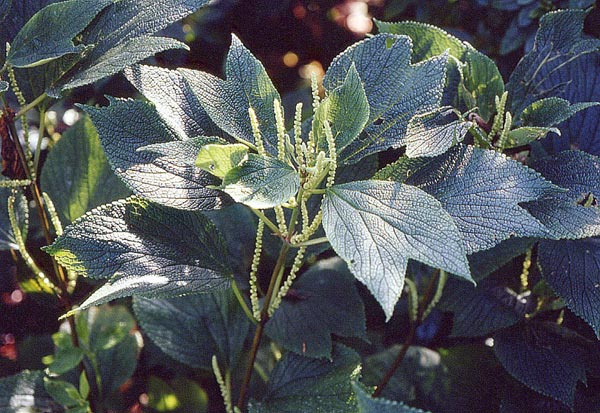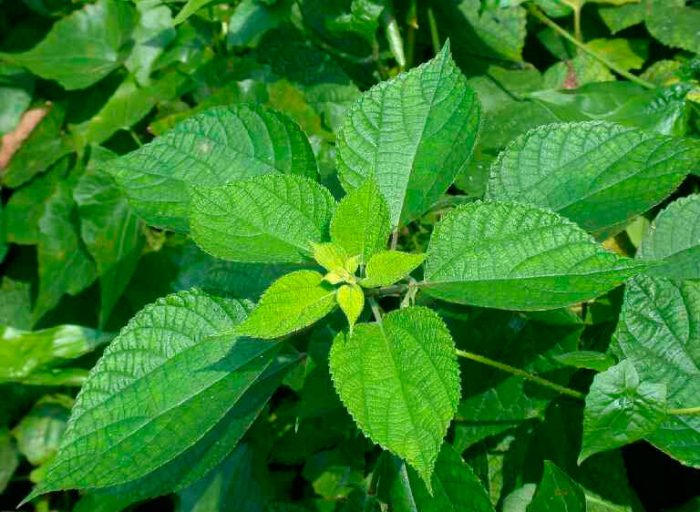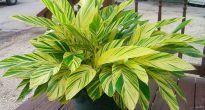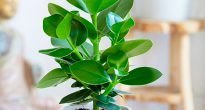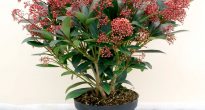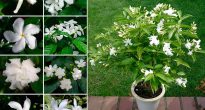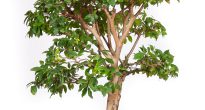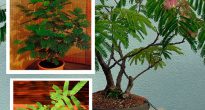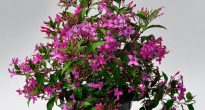A plant like bomeria (Boehmeria) belongs to the nettle family (Urticaceae). It is represented by compact trees and perennial herbaceous shrubs. In nature, it can be found in tropical and subtropical regions of the entire globe.
The leaves have a spectacular appearance. They are wide, serrated and gray-colored. Compact inflorescences are combined into branched panicles (outwardly similar to nettle inflorescences). They bear pale green flowers.
Bemeria care at home
Illumination
It grows and develops normally in bright light, but such a plant can be placed in a slightly shaded place. In the summer, you need to shade from the direct rays of the sun.
Temperature regime
In summer, the recommended temperature is from 20 to 25 degrees, and in winter - at least 16-18 degrees.
Humidity
High humidity is required. In this regard, foliage should be systematically moistened from a sprayer.
How to water
In the summer, you need to water regularly and abundantly. Make sure that the soil in the pot does not dry out, however, waterlogging of the earthen coma should also be avoided. In winter, watered moderately.
Top dressing
Top dressing is carried out in spring and summer 1 time in 3 or 4 weeks. For this, fertilizers are used for decorative deciduous plants.
Transplant features
The transplant is carried out in the spring and only if necessary, for example, when the root system ceases to fit in the pot. To prepare the soil mixture, combine humus, turf and peat soil, as well as sand, which should be taken in a 2: 1: 1: 1 ratio. Do not forget to make a good drainage layer at the bottom of the container.
Reproduction methods
You can propagate it by stem cuttings and division.
Cuttings should be cut in the spring. For rooting, they are planted in a mixture of sand and peat. The roots will appear after 3-4 weeks. All species tolerate pruning. It is used to inhibit growth as well as to improve branching.
Diseases and pests
The leaf plates are sticky and deformed, gradually die off - settled aphid... To get rid of it, you need to treat the foliage with tobacco tincture or soapy water. If the infection is strong, then the treatment is carried out with actellik.
The edges of the leaf plates turn black, specks appear on the surface - overflow.
Main types
Large-leaved Bemeria (Boehmeria macrophylla)
This is an evergreen shrub or compact tree, reaching a height of 4 to 5 meters. Young succulent shoots are green, but over time it changes to brown.
Quite large, dark green, rough leaf plates are broadly oval, lanceolate. On the surface, 3 veins are clearly distinguished, while the central one is colored red, along the veins the surface of the leaves is wrinkled. The dense inflorescences are in the shape of an ear or brush, and they bear small, unremarkable flowers.
Silver boemeria (Boehmeria argentea)
This evergreen tree or shrub has large alternate oval leaves, on the surface of which there is a silvery bloom. Complex axillary inflorescences in the shape of a brush bear small flowers.
Bemeria cylindrical (Boehmeria Cylindrica)
This herb is a perennial. In height, it can reach 90 centimeters. Oval leaves oppositely arranged at the base are rounded and pointed towards the apex.
Bemeria biloba (Boehmeria Biloba)
This evergreen shrub is a perennial. Its height can vary from 100 to 200 centimeters. The stems are brownish-green. Ovate-oval leaf plates reach 20 centimeters in length. They have a dark green rough surface, and large teeth are located along the edge.
Snow-white Bemeria (Boehmeria Nivea)
Such a herbaceous evergreen plant is a perennial. There are a large number of erect shoots, on the surface of which pubescence is located. On the surface of the small heart-shaped leaves there is a coating of small whitish hairs. The dark green front surface is sparsely pubescent, and the seamy side has a dense tomentose pubescence, from which it acquires a silvery hue. Light green flowers in the glomeruli are part of the axillary panicle inflorescences. The fruits are oblong.

